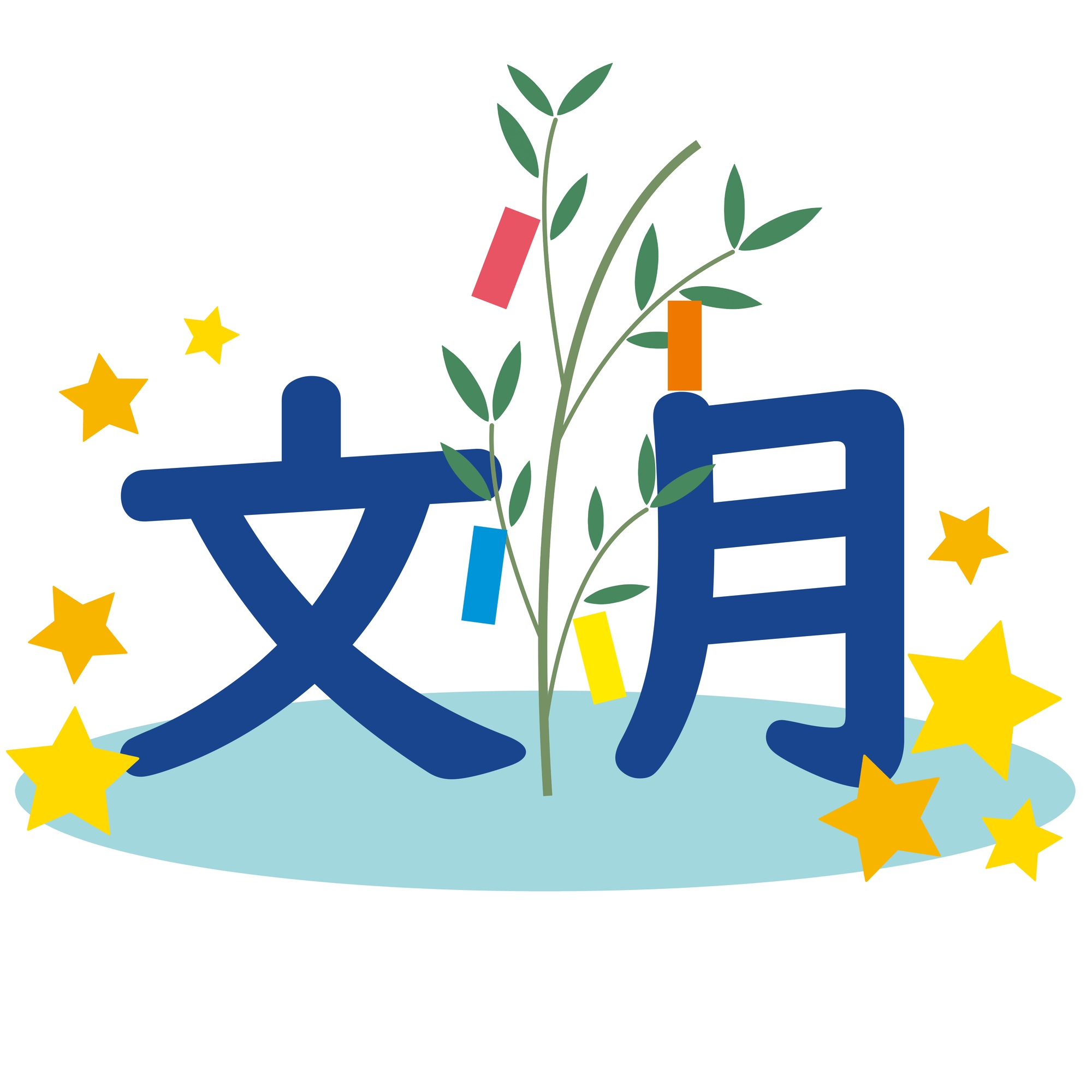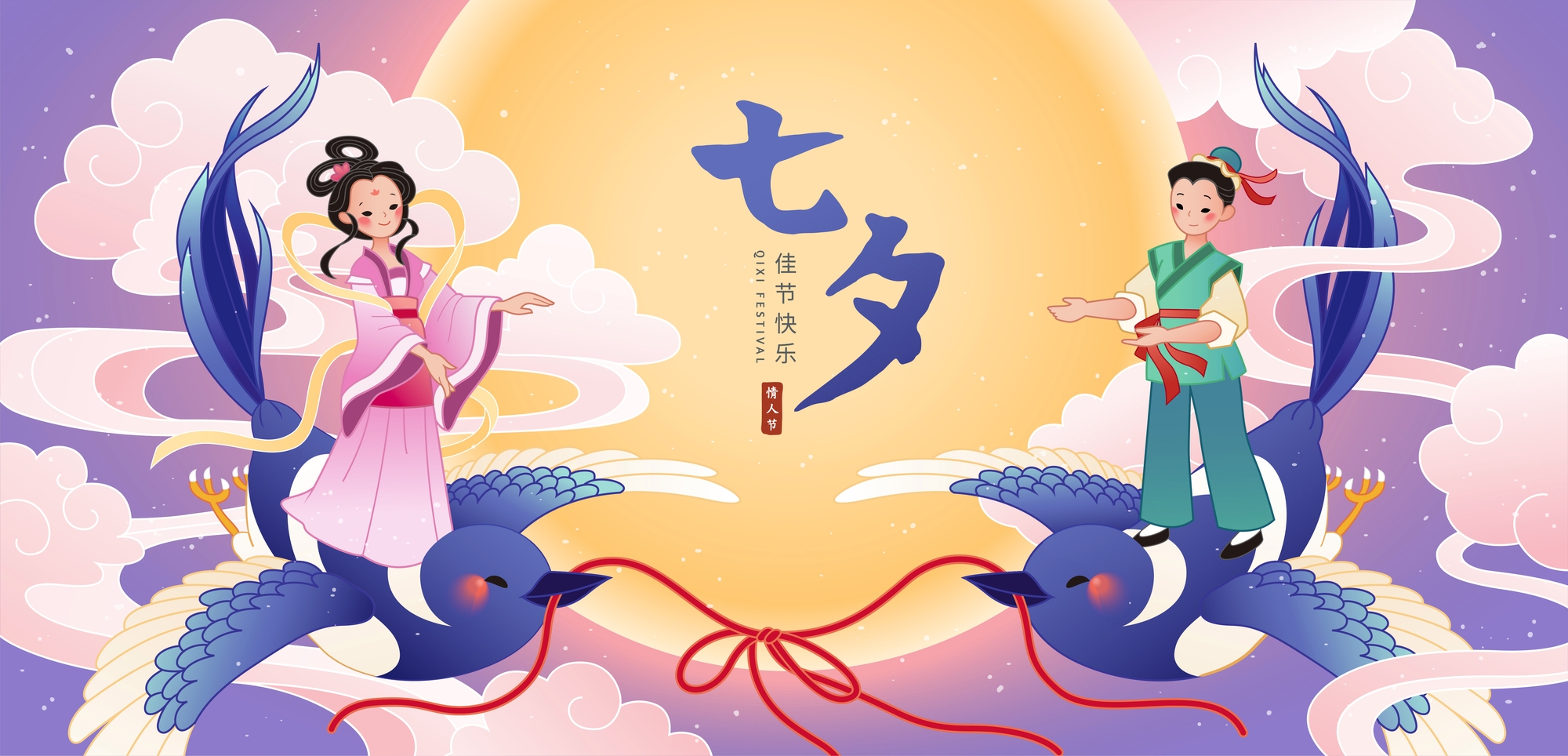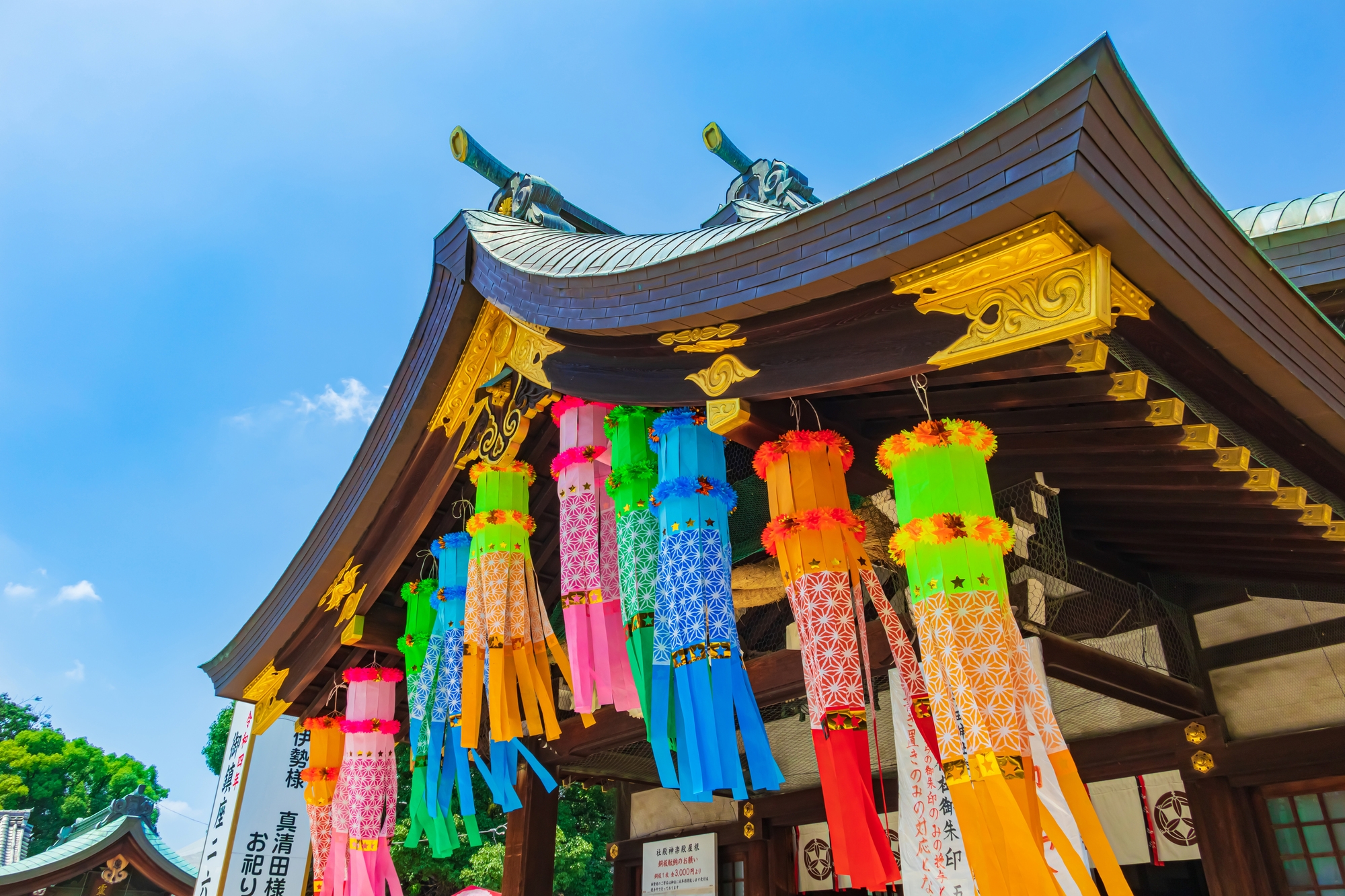TECH & CULTURE
Fumizuki – Discovering July
August 17, 2022
Until the late 19th century, the traditional lunisolar calendar was officially used throughout Japan. With the westernization of the central government, Japan started adopting the solar calendar used elsewhere in the world.
The uniqueness of the lunisolar calendar resides in the fact that the names of the months are different from the solar calendar and they each have a particular meaning attached to them based on their kanji.

The traditional name of the month of July is Fumizuki (文月) which refers to a Japanese event called Tanabata or 七夕. This event, held annually, takes place on July 7th and has its roots in a centuries-old Chinese festival called Qixi. Qixi, introduced to Japan in 755, represents a story about two stars, Vega and Altair, that can be seen easily on July 7th. The tale eventually turned into a love story with the two stars representing a woman and a man separated by the Milky Way.

Today, the Japanese people celebrate Fumizuki by writing their wishes on a colorful piece of paper and hanging it from a bamboo branch. This is why the kanji used in July “文” means letter, sentence, or writings.
